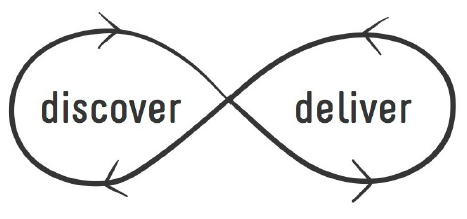
Marty Cagan gave a talk on The Root Causes of Product Failure at productcamp la. Many things that he shared resonated with me. Here are few ideas about the big difference between how most product teams work and the best product teams work:
The Product Team. If you want to make great products, the product team – product management, design and engineering must sit together! It is OK to have multiple product teams around the world – but each of those co-located groups must sit together – literally – their workspaces should be arranged in a way that they can see each other and be able to easily share with one another.
Product vision, strategy, principles and OKR over product road maps. It starts with a clear product vision, strategy and principles and then the Objectives and Key Results (OKR). The vision, strategy and principles tell us the why, what and how we are going to get there. This is a better alternative to product road maps which end-up being a list of features that are outdated by the time that they get built.
Outcome not output. Outcomes are the differences made by the outputs. Outcomes are the benefit your customers receive from your stuff. This starts with truly understanding your customers’ needs—their challenges, issues, constraints, priorities—by walking in their shoes and in their neighborhoods, businesses, and cultures. Outputs are important products, services, profits, and revenues: They are the “What”. Outcomes create meanings, relationships, and differences: These are the “Why”. Outputs, such as revenue and profit, enable us to fund outcomes; but without outcomes, there is no need for outputs.
Include the engineers at the earliest opportunity. They know what is technologically feasible and what the most current technologies can do to solve your customers’ problems. Your customers don’t know what your technology does, but they do know what problems that they have and are happy to share them with you – SO TALK TO THEM.
Teams of missionaries not mercenaries. According to the legendary VC, John Doerr, “We need teams of missionary, not mercenaries.” Teams of missionaries are engaged, motivated and have a deep understanding of the business context, and tangible empathy for the customer. Teams of mercenaries feel no real sense of empowerment or accountability, no passion for the problem to be solved, and little real connection with the actual users and customers.
Continuous discovery and delivery. MVP are experiments in Discovery while Product-Market Fit is in Delivery. Engineers should be releasing with confidence.
Culture change come from leadership. To move from our current waterfall approach to a more iterative and incremental approach is more of a company cultural change then process change. It must come from the top – companies care about what the CEO cares about.